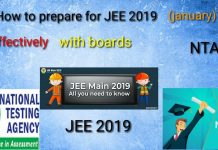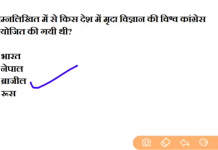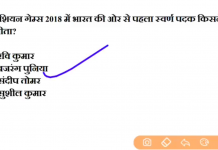Find out more about PrepScholar GMAT at https://goo.gl/WJCmzY
Check out our blog at https://goo.gl/a1Fh1V
Effective time management is something many GMAT test takers struggle with – with only two sections that contain many questions and multiple question types, the GMAT makes it easy to mismanage your time during a section and get behind schedule. So on the GMAT, how long should you spend on each question? In “GMAT Time Management Made Simple”, we break down GMAT time management by the numbers.
In the first half of the video, we go over the length of GMAT Verbal and Quant. Using this information, we determine time per question for each section. We then discuss how on each section of the GMAT, time per question can vary between different questions, particularly if the question includes a passage. We use these differences to give guidance on approximate time spend per question type and per question element.
In the second half of the video, we delve into how to use this information on test day to improve your GMAT time management. Effectively managing your time on the GMAT comes down to setting checkpoints for how far you should be in the test based on how much work you have done — we walk through two tried-and-true methods for setting these checkpoints. If you’re behind schedule on one of your check-ins, your primary goal is to get back on track. As a final message, we close with a GMAT time management trick for making up for lost time quickly.
While it isn’t covered in the video, these same GMAT time management principles can be applied to Integrated Reasoning and the Analytical Writing Assessment. The length of GMAT IR is 30 minutes for 12 questions. On the IR section of the GMAT, time per question should be about 2.5 minutes. However, it’s important to recognize that more complex question types, such as Multi-Source Reasoning, may be more time consuming than others. For AWA, test takers have 30 minutes to assess the given argument and write your essay. Dedicate a reasonable amount of time up top to understanding the argument and outlining your essay (directly on the screen!) before writing a single complete sentence.
source













![CY_GATE_2019_PHYSICAL_SPECTROSCOPY_[ELECTRONIC_BASIC]_All IN ONE_[Short_Trick]_2018-19_PART_1ST - Videos](https://trends.edugorilla.com/wp-content/uploads/sites/8/2018/08/cy_gate_2019_physical_spectroscopy_electronic_basic_all-in-one_short_trick_2018-19_part_1st-218x150.jpg)


















![24 August 2018 – The Indian Express Newspaper Analysis हिंदी में – [UPSC/SSC/IBPS] Current affairs - Videos](https://trends.edugorilla.com/wp-content/uploads/sites/8/2018/08/a520-218x150.png)



